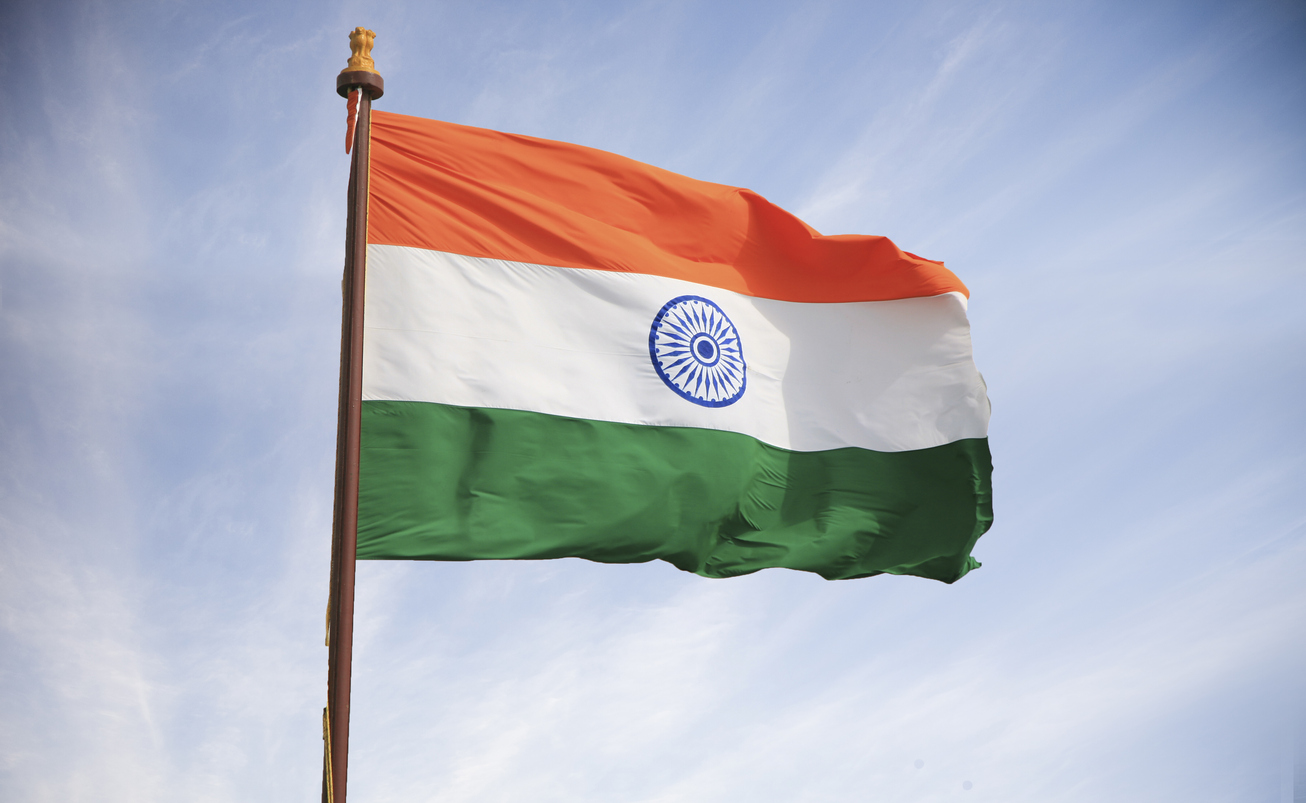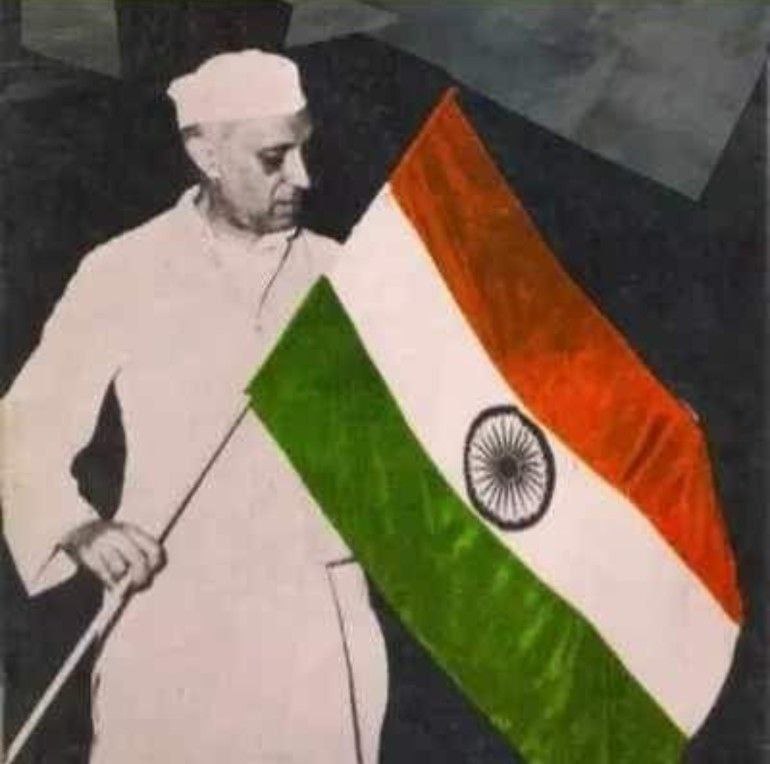
In a polarised ecosystem, the tricolour too has not been spared
The Prime Minister’s ‘Har Ghar Tiranga’ campaign under the Azadi Ka Amrit Mahotsav is also -- as is usual nowadays -- being used as ‘othering’ those who differ

It’s perhaps a reflection of the highly polarised times we live in that the national flag, a symbol of the country’s unity, is being used by political parties in particular and citizens in general to point fingers at each other.
It all started with Prime Minister Narendra Modi’s request — during his monthly Mann ki Baat broadcast – to all the countrymen to mark the 75th Independence Day this year by hoisting the tricolour at their homes from August 13-15 and changing the display pictures of their social media accounts to the tiranga between August 2 and 15. Launching the campaign, Modi had said in a tweet that it will “deepen our connect with the national flag”.
This was part of the Prime Minister’s ‘Har Ghar Tiranga’ (a tricolour in every home) campaign under the Azadi Ka Amrit Mahotsav.
But as is usual nowadays, this campaign too took the trajectory of being used as ‘othering’ those who differ. Those who changed their display picture to the tricolour are perceived to be BJP supporters and nationalists and those who didn’t are labelled anti-nationals. In the process, it was forgotten that it was only a ‘request’ by the Prime Minister and not an order.
Also read: Karnataka: Post offices flooded with defective national flags
The fact that it was a ‘request’ by the Prime Minister has been given a go by and people have started treating it as a mandatory exercise. So have the authorities. According to reports, the cost of the tricolour given by the Railways to all its employees under the ‘Har Ghar Tiranga’ campaign, will be recovered from their salaries. An amount of Rs 38 per flag will be deducted from the salary of the railway employees, the reports said.
Similarly, a week ago the district administration of southern Kashmir districts of Anantnag and Budgam issued an order to all schools and traders to pay Rs 20 per flag. After a huge hue and cry, the administration took a hasty step back to say it was a mistake and buying the flag was not mandatory.
Political twist
Political parties too have jumped into the fray. Tiranga rallies were taken out in various cities, the first one by MPs in New Delhi on August 3. It was attended by ministers and mainly ruling party MPs, who took no time in pointing out that opposition leaders were absent, questioning their feeling of nationalism.
The Prime Minister changed his DP on social media accounts to tricolour and within hours Union ministers and BJP leaders followed suit. Congress party, which was the main butt of remarks by the BJP leaders, gave a twist to the campaign by issuing a poster of India’s first Prime Minister Jawaharlal Nehru with the tricolour. Congress
leaders made this Nehru poster as their DP on their social media accounts.
“Our tiranga is the pride of our country, the tiranga is in the heart of every Indian,” former Congress chief Rahul Gandhi said in a tweet as he changed the display picture of his social media accounts.
This was not taken kindly by the ruling party and it took a ‘dynasty’ jibe at the Congress. BJP spokesperson Sambit Patra said, “I believe there should not be dynastic politics in every issue. They have displayed the picture of their leader who was the country’s first prime minister. The tricolour belongs to the poorest of the poor and to 135 crore Indians… I feel Rahul Gandhi should give others a chance. It will be very good if his party workers display their picture with the tricolour.”
Tricolour vs saffron
Congress’s Jairam Ramesh came up with another taunt. “We are putting the DP of our leader Nehru with the tricolour in hand. But it seems that the message of the Prime Minister did not reach his own family. Those who did not hoist the flag in their headquarters in Nagpur for 52 years, will they follow the Prime Minister’s message?” Ramesh said in an obvious reference to the RSS, using the hashtag ‘MyTirangaMyPride’. Rahul Gandhi too came out with a similar tweet.
Congress’s media department head Pawan Khera as well as some other party leaders shared screenshots of the Twitter handles of RSS and its chief Mohan Bhagwat and pointed out that they had not changed their profile pictures to reflect the Tricolour. “People of the Sangh, at least now adopt the tricolour,” Khera tweeted. AIMIM’s Asaduddin Owaisi took to Twitter to question the RSS on the issue.
The Opposition has been targeting the RSS over the issue because while several senior BJP leaders and ministers, led by Modi, have changed their Twitter DPs to the tricolour, the RSS is yet to do so.
Moreover, RSS’s troubled relations with the tricolour have been cause for many a debate with the organisation being accused of not accepting the tricolour as the national flag – its leaders had advocated just one colour, saffron, for the national flag — and not hoisting it at its headquarters in Nagpur till as late as 2002. While on August 14, 1947, RSS mouthpiece Organiser had written that while Indian leaders “may give in our hands the tricolour but it will never be respected,” MS Golwalkar, the second RSS Sarsanghchalak, had called the adoption of the tricolour by the Congress “just a case of drifting and imitating” in his book Bunch of Thoughts.
He also gave the tricolour a communal angle by equating the three colours with religions – “the saffron colour standing for the Hindu, the green for the Muslim and the white for all the other communities.”
It was thus a given that RSS not changing its DP would be targeted by the opposition. The RSS, on its part, did not say whether it will change its DP from the current saffron flag, but spoke out against the “politicisation” of the Har Ghar Tiranga campaign.
Change in flag code
Jairam also took a jibe at the BJP over the change in flag code to allow for polyester flags. He tagged a tweet with Nehru’s picture holding the flag and said, “and that is in khadi”.
The Modi government had amended the national flag code in December 2021 to state: “The national flag shall be made of hand-spun and hand-woven or machine-made cotton, polyester, wool, silk khadi bunting”; earlier, the flag could only be made of hand-spun and hand-woven wool, cotton or silk khadi bunting.
Also, the Finance Ministry recently announced that the sale of the national flag, irrespective of whether machine-made or polyester, will be exempt from GST.
Also read: Google launches India Ki Udaan to mark 75 years of Independence
This move has been opposed by the Karnataka Khadi Gramodyoga Samyukta Sangha (Federation). “It was known to us in February 2022 and we started protesting. Now the GST exemption will severely impact khadi national flag production,” said SS Matapathi, Secretary of the Federation.
Matapathi said there are around 10,000 khadi gramodyog units in India. “GST exemption to polyester flags will only help textile industrialists and demolish hopes for khadi units. It will affect the only national flag producing centre in the country in Karnataka,” said Matapathi. He added that the federation was to produce around Rs 4.5-5 crore worth of national flags but now this may not happen.
Also read: Khadi flag production centre in Hubballi fears polyester onslaught


